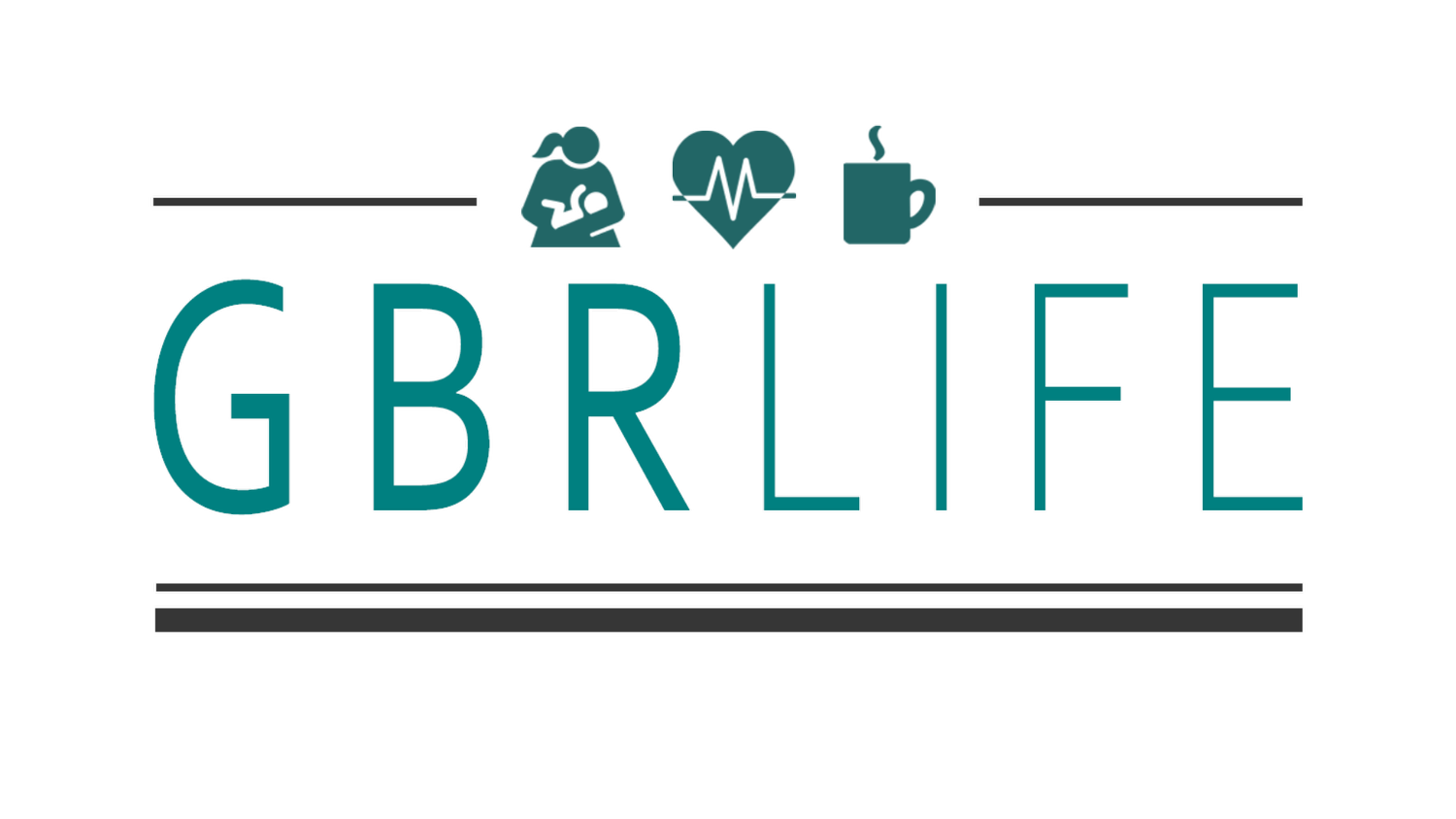What’s Really Behind the Bird Flu Outbreak — Another Pandemic Setup?
If you’ve been casually scrolling the news lately, you might have caught a headline or two about the bird flu making a comeback. At first glance, it feels like one of those distant problems—something happening on farms far away, nothing most of us need to think about. But if you dig a little deeper, you’ll find some uncomfortable parallels to the early days of other global health crises, and it’s enough to make anyone wonder if history might be repeating itself.
Image Credit: Midjourney AI
Let’s start with the basics. Bird flu, officially called Highly Pathogenic Avian Influenza (HPAI H5N1), isn’t exactly new. Scientists first identified it in the late 1990s, and for the most part, it stayed in the bird population. But recently, H5N1 has started behaving differently. The virus has been found infecting mammals—cows, goats, cats—and in a few rare cases, humans. When a virus jumps from one species to another, it’s called a zoonotic spillover, and it’s the same process that scientists believe led to past pandemics.
What’s raising eyebrows now isn’t just the fact that it’s happening—zoonotic spillovers aren't rare—but how quietly and quickly it's unfolding. And the fact that government agencies like the CDC and WHO are issuing quiet alerts, securing vaccine contracts, and preparing contingency plans behind the scenes without much public discussion.
Scientifically speaking, here's why people are paying closer attention:
First, bird flu has a very high mortality rate in humans—historically. In past human infections, H5N1 has shown a case fatality rate of about 50%. That’s incredibly high compared to something like seasonal flu. Now, to be clear: infections have been rare. But the few cases we have seen have been devastating. If a mutated version ever developed the ability to spread easily between people, the consequences could be serious.
Second, mammal-to-mammal transmission might already be happening. One of the biggest scientific red flags is when a virus stops needing birds as the primary host. In early 2024, there were reports suggesting that H5N1 outbreaks among sea lions and other mammals might indicate animal-to-animal spread—without birds being involved at all. That suggests the virus could be evolving in ways that make it easier to jump to us.
And third, silent spread means missed warnings. Unlike COVID, where people developed noticeable respiratory symptoms quickly, bird flu could present differently—or even remain undetected in early stages. A virus that circulates in animal populations before spilling over could spread silently for longer than we realize, making it harder to contain when it finally appears in humans.
When you put all that together, it makes sense that public health experts are keeping a close watch. It also makes sense why some people are asking the harder questions. If it’s a real threat, why aren’t governments being more transparent? If it’s a minor threat, why are vaccines already being quietly stockpiled? Why the mixed messaging?
And honestly, it’s fair to wonder.
We live in a time when public trust in institutions has taken a major hit. The pandemic showed us how political interests, corporate profits, and genuine public health concerns can all get tangled together in messy, confusing ways. It’s not irrational to be skeptical—it’s survival.
There’s a legitimate scientific reason to monitor bird flu closely right now. There’s also a legitimate historical reason to question whether some groups might use public fear to consolidate power, redirect resources, or push agendas that would otherwise be unpopular. Both things can be true at the same time.
And that’s where the real conversation lives—not in panic, not in blind trust, but somewhere in between. Watching carefully. Asking smart questions. Staying informed without getting swept into fear.
Because if we’ve learned anything over the past few years, it’s this: when information is slow, unclear, or inconsistent, people don’t just sit quietly. They start thinking for themselves. And that might be the healthiest reaction of all.
If You Loved This, You’ll Love These Too:
Have You Heard The Latest Episode of GBRLIFE of Crimes?
GBRLIFE has so much more:











